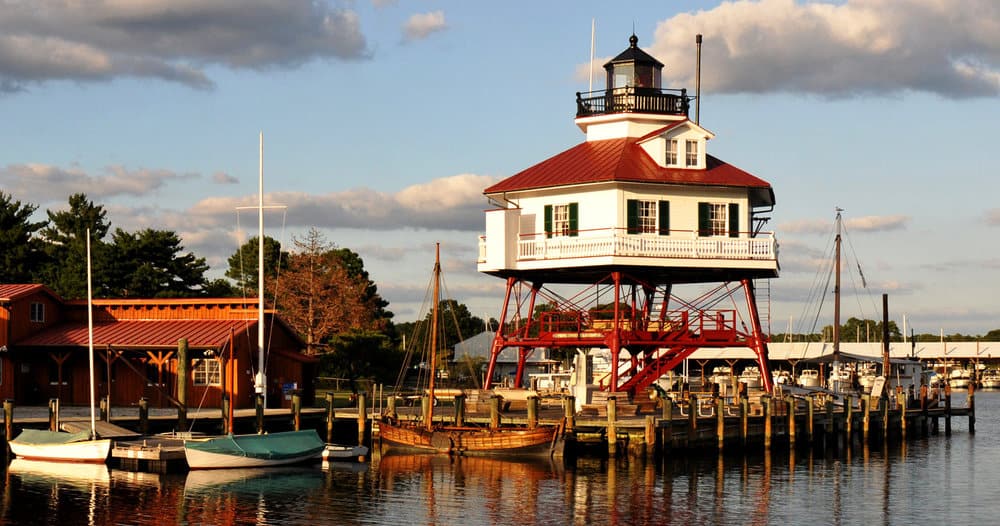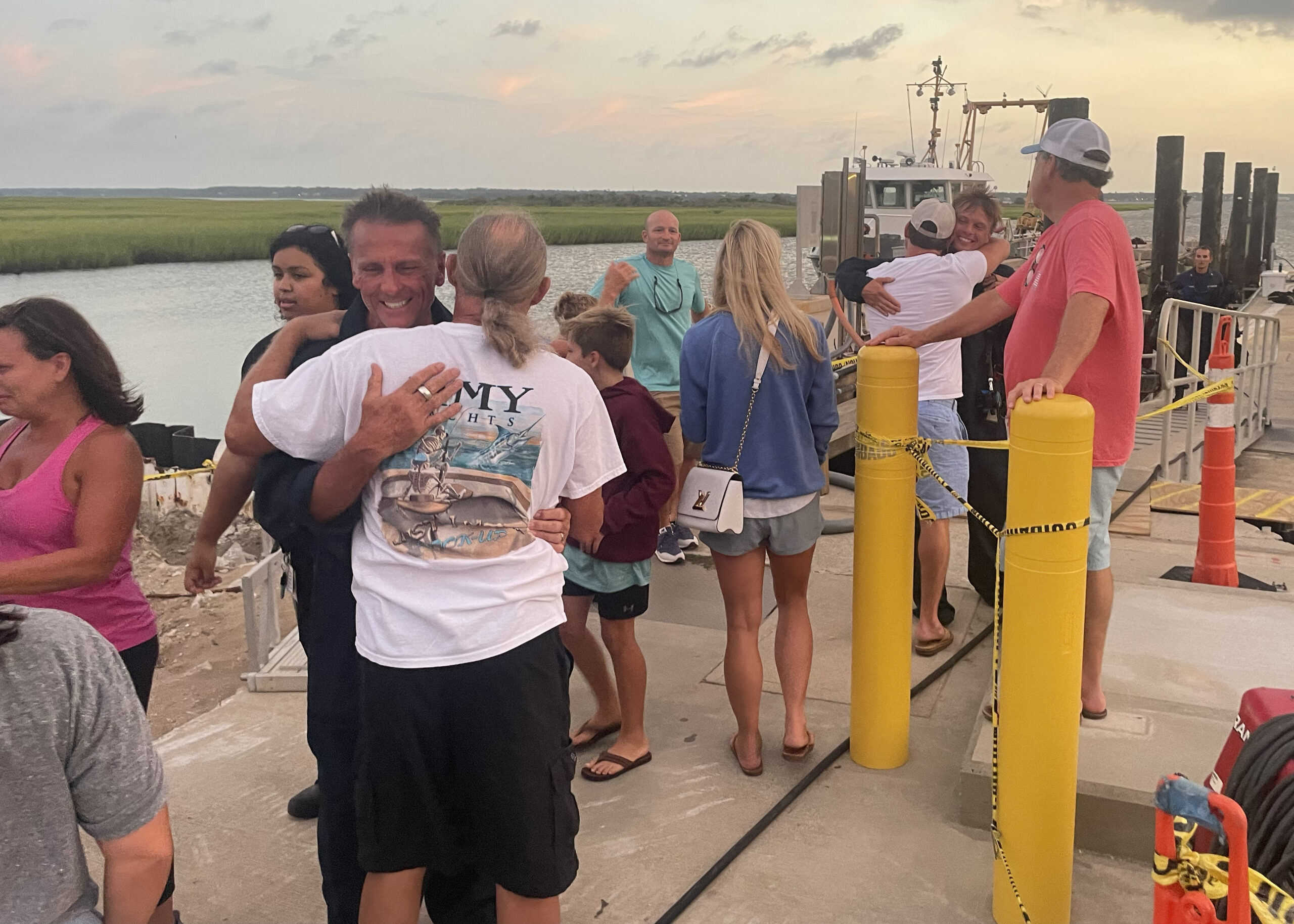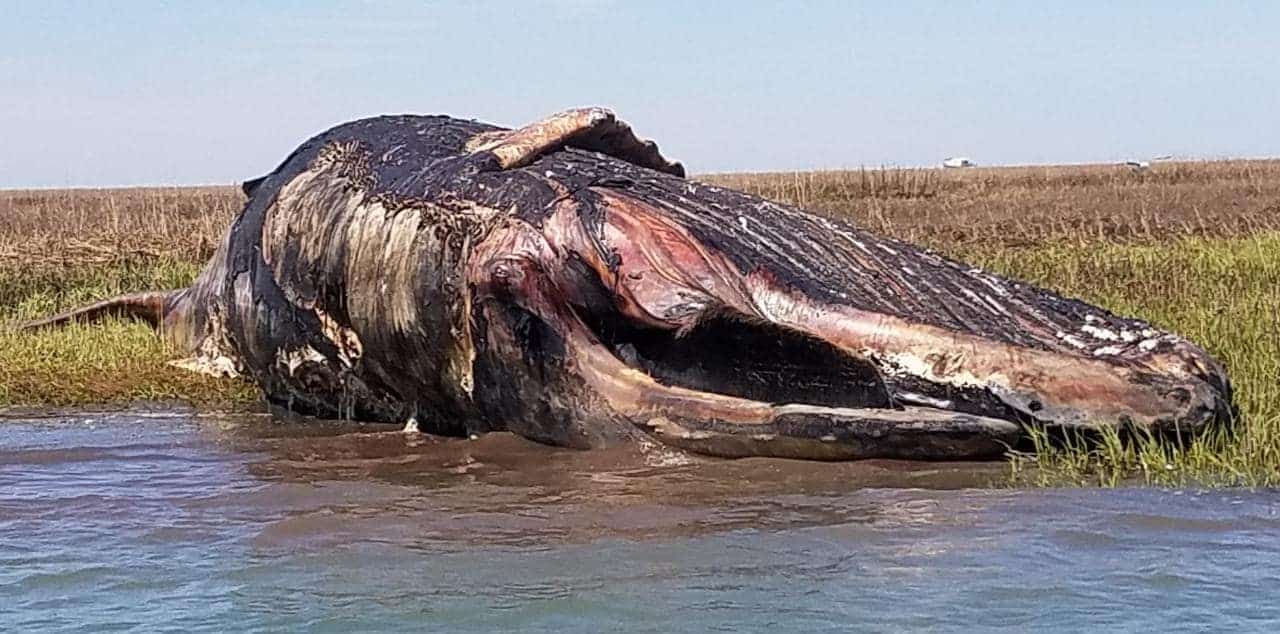Low clouds were nearly touching the water, periodically spitting rain into an atmosphere already steamy with heat and humidity. It was just after 9 on a Saturday morning, and anyone with any sense was surely sipping coffee in air-conditioned comfort. Yet here we were, heading out into the Rappahannock River to see what has become a Chesapeake tradition—the end of the Typhoon season.
Not that kind of typhoon. This June morning was the start of the Cape Dory Typhoon National Championship Regatta, marking the end of the spring racing season for the boat often called “America’s littlest yacht.” But don’t let its diminutive 18-foot 6-inch LOA fool you—the Typhoon carries 900 pounds of molded-in ballast, with a nearly 50/50 displacement ratio that makes her stable and maneuverable even in wild weather. Over 2,000 of these Carl Alberg-designed sailboats were produced from 1967 to 1986, including two Typhoon models with nearly identical dimensions: the Daysailer, with its large open cockpit, and the Weekender, outfitted with a cuddy cabin and portlights. These little classics have recently gained in popularity, and the Cape Dory Owner’s Association, founded in 1996, now boasts fleets up and down the East Coast.
The lower Chesapeake may be the premier spot in the United States to witness Typhoons in action. More than forty of these beauties are perched on Carter Creek off the Rappahannock River, and another twenty can be found on nearby rivers. The first racing started here in 1992 with five identically restored Daysailers, and it has grown to include an annual spring and fall race series as well as the bi-annual Nationals and Mid-Atlantic Regatta, all hosted by the Rappahannock River Yacht Club.
The racers are divided into two fleets: the Champion, which consists of experienced racers, and the Corinthian, which is comprised of first-time and less-experienced crews. As we motored near the committee boat, the Typhoons in the Champion fleet began to jockey for position before the start. A freshly painted, blue-hulled Cape Dory passed close to our stern. Christened Anthem, she held three men rather than the standard two-man crew. I mused aloud that this would seem to be a serious disadvantage in light air.
“Oh, that’s Rob Mihills and his two sons,” our captain and host Herb Aman, a former Typhoon racer himself, explained. “Having his boys with him is more important than winning.”
And Typhoon racing, at least in the Chesapeake Bay region, is as much about relationships as it is about finish lines. Overall, it was perhaps the most congenial and sportsmanlike regatta I have ever seen. Tempers didn’t even flair on the third and last race of day one, when the heat intensified, the river turned to glass, and the boats seemed frozen in place. Instead, the whole fleet finished the course and headed for the docks, all waves and smiles.
Sunday dawned sunnier and more promising in terms of wind, though severe thunderstorms were forecast for later in the day as well. Given the threat of dangerous weather, the race committee worked to get the day’s two scheduled races done quickly. Conditions were challenging, alternating between flat and gusty, and in the end it was the father-and-sons team aboard Anthem that took first in the event, demonstrating impressive tactical skill.
It didn’t seem to matter whether a boat finished in second place or seventeenth—there were handshakes and hugs all around.
“I don’t think I’ve ever seen people look so happy about losing,” I noted to one of the Corinthian fleet captains.
“Oh, that’s Typhoon racing,” he laughed. “Win or lose, it’s always fun.”
—Ann Eichenmuller



